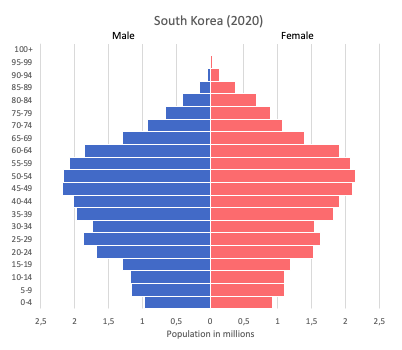

More immigrants would be good news for the Korean labor force, which is expected peak in 2016-2017. By 20 respectively, an estimated 5% and 10% of the South Korean population will be composed of foreign-born and immigrant families. An estimated third of all children born in 2020 (1.67 million) are expected to be of part Korean and part other Asian descent ("Kosian"), composing 3.3% of the total population. The face of the homogeneous South Korea we once knew is literally changing before our eyes as hundreds of thousands of foreign-born women marry Korean men and become Korean citizens and their multiracial/multi-ethnic children increase in numbers. The number of school-age children from "mixed ethnic families" went up seven times from 2014 to 2006, and t he number of adolescents from "mixed ethnic families" increased by 21% from 2013 to 2014.Īs Katharine H.S. Notably, the birthrate for children of immigrant mothers is higher than that of native Korean women. However, there is another factor to consider: "mixed ethnic families" - in which one parent is Korean (usually the father) and the other is not (usually the mother, from China, Vietnam or the Philippines). It is important to keep in mind that this is a demographic forecast 735 years into the future, so - to keep it simple - there is a lot of uncertainty in the projections and there will definitely be other variables that affect South Korea's demographics positively and negatively. The second-largest city, Busan, will "go extinct" by 2413, while the capital, Seoul, will go by 2505. On Saturday, South Korea reported 1,508 new COVID-19 cases, the KDCA said, for a total caseload of 350,476.South Korea's birthrate plummeted over the last 50 years.Īccording to that simulation, South Korea's current population of 50.2 million could fall to 20 million by the end of the century.

Booster shots will also be available to those who were vaccinated overseas.

Talk of booster shots is gaining traction, with the authorities planning to start booster shots for people over 60 and those who are less immune next month. The eased rules will apply until the end of this month in what the authorities said will be the last adjustment of social distancing. A maximum of 10 people, including six who are fully vaccinated, are allowed to gather in other regions. Herd immunity occurs when a large portion of the population becomes immune to a certain, making its spread from person to person unlikely.Ĭurrently, restrictions on private gatherings have been lifted to allow up to eight people to meet in the greater Seoul area, provided that four of them are fully vaccinated. A major contribution to the foreign population are the English teachers, multinational corporation businessmen, and North Korean defectors. The authorities expect vaccinations will further pick up steam going forward, to get 85 percent of all South Koreans and foreigners living in South Korea fully inoculated by early next year, which is expected to create the so-called herd immunity. As South Korea becomes more economically successful and globally recognized, it is not unfounded that the foreigners population have nearly tripled in merely 10 years time. The government's plan, dubbed "Living with COVID-19," is set to take effect in early November, meaning COVID-19 will be treated as an infectious respiratory disease such as seasonal influenza, with eased social distancing being implemented. The achievement comes as the country is set to gradually phase out coronavirus restrictions starting next month, joining a list of countries embracing new plans for returning to normal life with the coronavirus. South Korea began its nationwide vaccination campaign in late February. South Korea achieved its goal of fully inoculating over 70 percent of the country's population Saturday, earlier than scheduled amid its accelerating vaccination drive.Ī total of 35.94 million people had received both their shots of COVID-19 vaccines as of 2 p.m., accounting for 70 percent of the country's 51.3 million population, according to the Korea Disease Control and Prevention Agency (KDCA). People wait to check for any abnormal symptoms after getting vaccinated against COVID-19 at an inoculation center in Seoul, Oct.


 0 kommentar(er)
0 kommentar(er)
